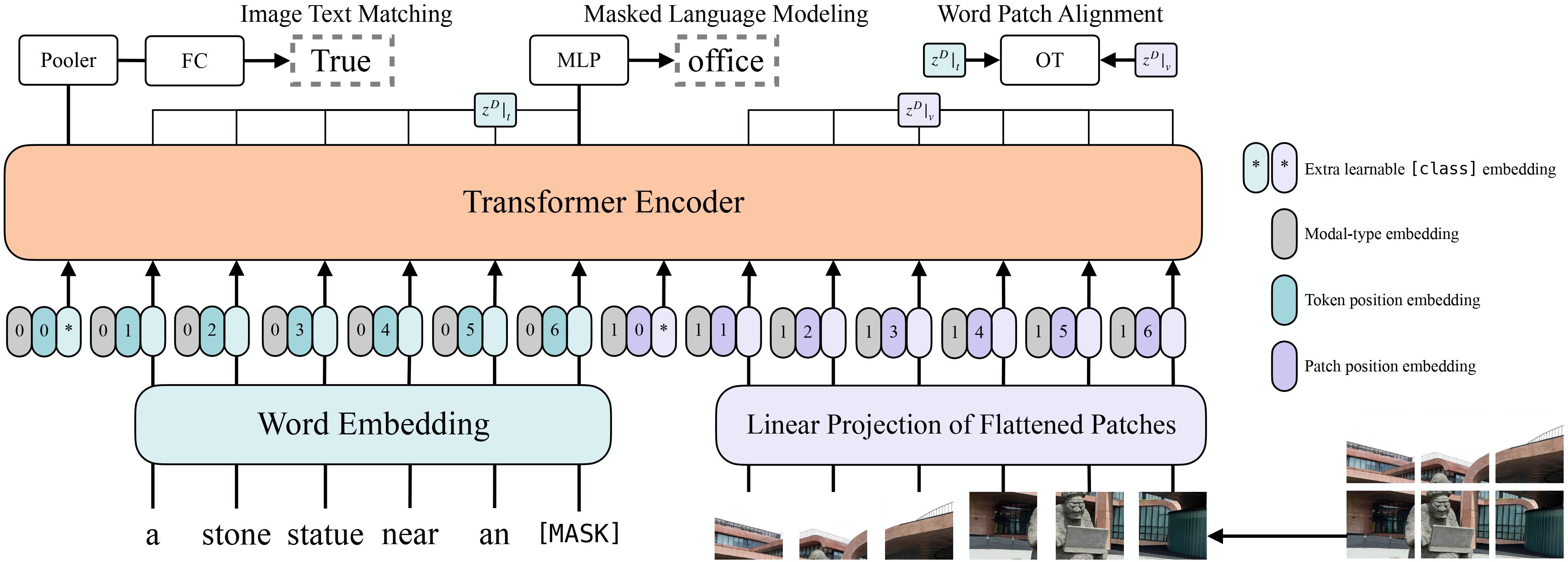* toctree * not-doctested.txt * collapse sections * feedback * update * rewrite get started sections * fixes * fix * loading models * fix * customize models * share * fix link * contribute part 1 * contribute pt 2 * fix toctree * tokenization pt 1 * Add new model (#32615) * v1 - working version * fix * fix * fix * fix * rename to correct name * fix title * fixup * rename files * fix * add copied from on tests * rename to `FalconMamba` everywhere and fix bugs * fix quantization + accelerate * fix copies * add `torch.compile` support * fix tests * fix tests and add slow tests * copies on config * merge the latest changes * fix tests * add few lines about instruct * Apply suggestions from code review Co-authored-by: Arthur <48595927+ArthurZucker@users.noreply.github.com> * fix * fix tests --------- Co-authored-by: Arthur <48595927+ArthurZucker@users.noreply.github.com> * "to be not" -> "not to be" (#32636) * "to be not" -> "not to be" * Update sam.md * Update trainer.py * Update modeling_utils.py * Update test_modeling_utils.py * Update test_modeling_utils.py * fix hfoption tag * tokenization pt. 2 * image processor * fix toctree * backbones * feature extractor * fix file name * processor * update not-doctested * update * make style * fix toctree * revision * make fixup * fix toctree * fix * make style * fix hfoption tag * pipeline * pipeline gradio * pipeline web server * add pipeline * fix toctree * not-doctested * prompting * llm optims * fix toctree * fixes * cache * text generation * fix * chat pipeline * chat stuff * xla * torch.compile * cpu inference * toctree * gpu inference * agents and tools * gguf/tiktoken * finetune * toctree * trainer * trainer pt 2 * optims * optimizers * accelerate * parallelism * fsdp * update * distributed cpu * hardware training * gpu training * gpu training 2 * peft * distrib debug * deepspeed 1 * deepspeed 2 * chat toctree * quant pt 1 * quant pt 2 * fix toctree * fix * fix * quant pt 3 * quant pt 4 * serialization * torchscript * scripts * tpu * review * model addition timeline * modular * more reviews * reviews * fix toctree * reviews reviews * continue reviews * more reviews * modular transformers * more review * zamba2 * fix * all frameworks * pytorch * supported model frameworks * flashattention * rm check_table * not-doctested.txt * rm check_support_list.py * feedback * updates/feedback * review * feedback * fix * update * feedback * updates * update --------- Co-authored-by: Younes Belkada <49240599+younesbelkada@users.noreply.github.com> Co-authored-by: Arthur <48595927+ArthurZucker@users.noreply.github.com> Co-authored-by: Quentin Gallouédec <45557362+qgallouedec@users.noreply.github.com>
4.5 KiB
ViLT

Overview
The ViLT model was proposed in ViLT: Vision-and-Language Transformer Without Convolution or Region Supervision by Wonjae Kim, Bokyung Son, Ildoo Kim. ViLT incorporates text embeddings into a Vision Transformer (ViT), allowing it to have a minimal design for Vision-and-Language Pre-training (VLP).
The abstract from the paper is the following:
Vision-and-Language Pre-training (VLP) has improved performance on various joint vision-and-language downstream tasks. Current approaches to VLP heavily rely on image feature extraction processes, most of which involve region supervision (e.g., object detection) and the convolutional architecture (e.g., ResNet). Although disregarded in the literature, we find it problematic in terms of both (1) efficiency/speed, that simply extracting input features requires much more computation than the multimodal interaction steps; and (2) expressive power, as it is upper bounded to the expressive power of the visual embedder and its predefined visual vocabulary. In this paper, we present a minimal VLP model, Vision-and-Language Transformer (ViLT), monolithic in the sense that the processing of visual inputs is drastically simplified to just the same convolution-free manner that we process textual inputs. We show that ViLT is up to tens of times faster than previous VLP models, yet with competitive or better downstream task performance.

ViLT architecture. Taken from the original paper.
This model was contributed by nielsr. The original code can be found here.
Usage tips
- The quickest way to get started with ViLT is by checking the example notebooks (which showcase both inference and fine-tuning on custom data).
- ViLT is a model that takes both
pixel_valuesandinput_idsas input. One can use [ViltProcessor] to prepare data for the model. This processor wraps a image processor (for the image modality) and a tokenizer (for the language modality) into one. - ViLT is trained with images of various sizes: the authors resize the shorter edge of input images to 384 and limit the longer edge to
under 640 while preserving the aspect ratio. To make batching of images possible, the authors use a
pixel_maskthat indicates which pixel values are real and which are padding. [ViltProcessor] automatically creates this for you. - The design of ViLT is very similar to that of a standard Vision Transformer (ViT). The only difference is that the model includes additional embedding layers for the language modality.
- The PyTorch version of this model is only available in torch 1.10 and higher.
ViltConfig
autodoc ViltConfig
ViltFeatureExtractor
autodoc ViltFeatureExtractor - call
ViltImageProcessor
autodoc ViltImageProcessor - preprocess
ViltProcessor
autodoc ViltProcessor - call
ViltModel
autodoc ViltModel - forward
ViltForMaskedLM
autodoc ViltForMaskedLM - forward
ViltForQuestionAnswering
autodoc ViltForQuestionAnswering - forward
ViltForImagesAndTextClassification
autodoc ViltForImagesAndTextClassification - forward
ViltForImageAndTextRetrieval
autodoc ViltForImageAndTextRetrieval - forward
ViltForTokenClassification
autodoc ViltForTokenClassification - forward